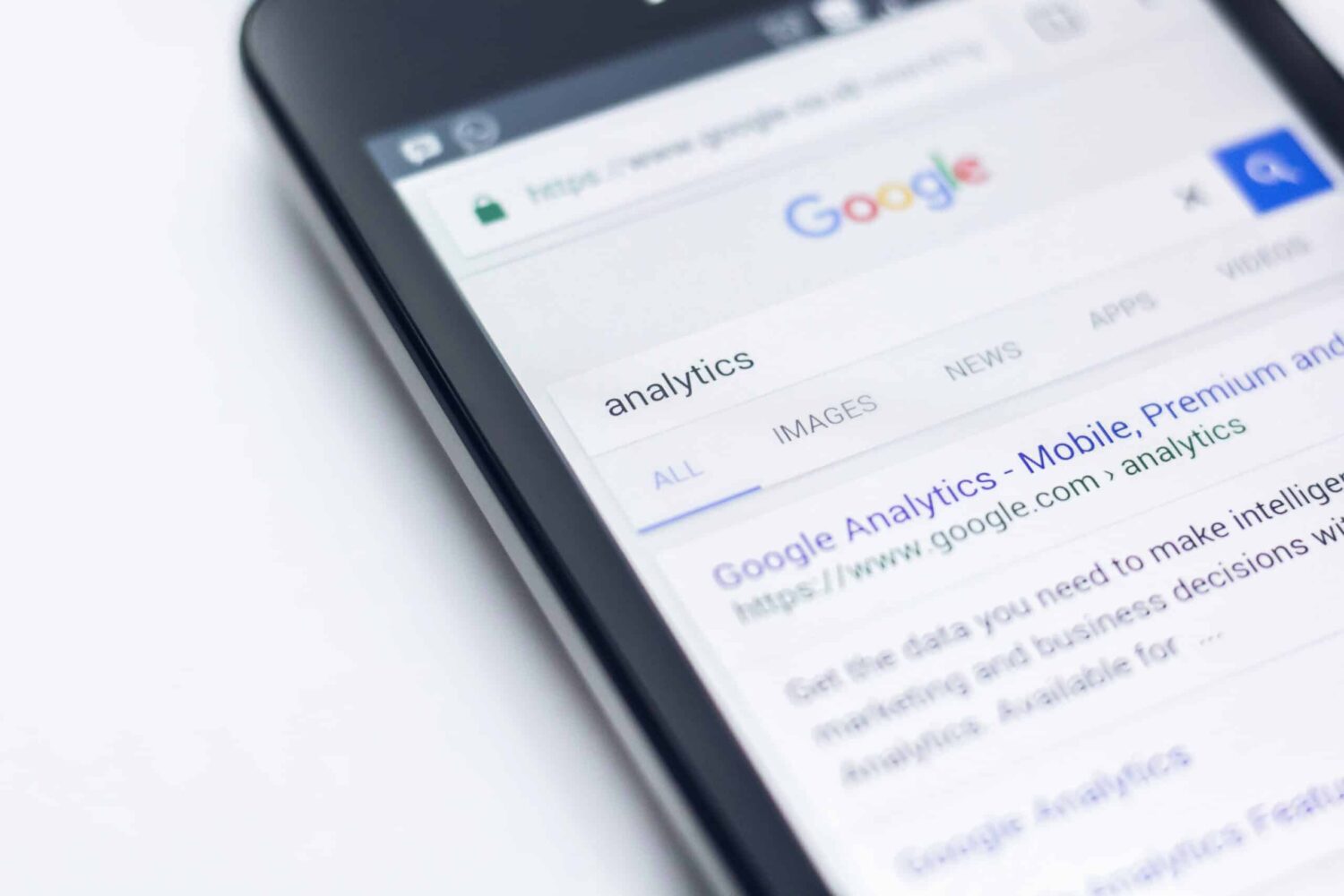Google Analytics has been a cornerstone of digital marketing for years, providing businesses with valuable insights into website traffic and user behavior. But with the recent release of GA4, the platform is poised to take things to the next level. GA4 represents a significant overhaul of the traditional Google Analytics model, with new features and capabilities designed to help businesses better understand and engage with their audiences. In this article, we’ll explore what GA4 has to offer and why it’s worth considering for your business.
Key features of GA4
One of the most significant changes in GA4 is the introduction of advanced machine learning algorithms. These algorithms allow GA4 to analyze user behavior in real-time and provide insights into how users engage with your website or app. Additionally, GA4 supports cross-device tracking, enabling you to track user behavior across multiple devices and platforms. This feature provides a more comprehensive view of your audience and can help you create more effective marketing campaigns.
Another key feature of GA4 is the integration of event tracking. In previous versions of Google Analytics, event tracking was a separate process that required additional setup. With GA4, event tracking is built directly into the platform, making it easier to track user behavior and interactions. This feature can be particularly useful for e-commerce sites, where tracking events like add-to-cart or checkout can provide valuable insights into customer behavior.
Finally, GA4 features a more streamlined and user-friendly interface compared to previous versions of Google Analytics. The platform has been redesigned to make it easier to navigate and find the information you need. Additionally, GA4 includes new reports and visualizations that make it easier to understand and interpret your data.
How GA4 differs from Universal Analytics
To fully appreciate the changes in GA4, it’s essential to understand how it differs from Universal Analytics. Universal Analytics is the previous version of Google Analytics and is still widely used by businesses today. While Universal Analytics provides valuable insights into website traffic and user behavior, it has several limitations that GA4 addresses.
One significant difference is the way that GA4 handles data. Unlike Universal Analytics, which uses a session-based model, GA4 uses an event-based model. This means that every user interaction with your website or app is tracked as an event, providing more granular insights into user behavior. Additionally, GA4 supports cross-device tracking, which Universal Analytics does not.
Another key difference is the introduction of machine learning algorithms in GA4. These algorithms allow GA4 to provide real-time insights into user behavior and make predictions about future behavior. This feature can be particularly useful for businesses looking to optimize their marketing campaigns and improve user engagement.
Finally, GA4 includes new reports and visualizations that make it easier to understand and interpret your data. These reports provide more comprehensive insights into user behavior and can help you make more informed decisions about your digital marketing strategy.
Setting up GA4
If you’re considering using GA4 for your business, the first step is to set up your account. Setting up GA4 is a straightforward process and can be done in just a few steps.
To get started, log in to your Google Analytics account and navigate to the Admin section. From there, select the Property column and click on the “Create Property” button. From the dropdown menu, select “GA4 Property” and follow the prompts to set up your new property.
Once your property is set up, you’ll need to add the GA4 tracking code to your website or app. The tracking code is a small snippet of code that allows GA4 to track user behavior on your site. You can find the tracking code in the Admin section of your GA4 account.
Navigating the GA4 interface
Once you’ve set up your GA4 account and added the tracking code to your site, you can begin exploring the platform. The GA4 interface has been redesigned to make it more user-friendly and intuitive.
The main dashboard provides an overview of your website or app’s performance, including key metrics like user engagement, traffic sources, and conversion rates. You can drill down into each metric to get more detailed insights into user behavior.
In addition to the main dashboard, GA4 includes several other reports and visualizations that provide insights into user behavior. These reports can be accessed through the left-hand navigation menu and include audience analysis, behavior analysis, and conversion analysis.
Using GA4 for audience analysis
One of the most powerful features of GA4 is its ability to provide insights into your audience. With GA4, you can track user behavior across multiple devices and platforms, providing a more comprehensive view of your audience.
The audience analysis report in GA4 provides insights into user demographics, interests, and behaviors. You can use this information to better understand your audience and create more targeted marketing campaigns.
Additionally, GA4 includes a cohort analysis report, which allows you to analyze user behavior over time. This report can be useful for identifying trends and patterns in user behavior and can help you optimize your marketing campaigns.
Using GA4 for behavior analysis
Another key feature of GA4 is its ability to provide insights into user behavior. With GA4, you can track user behavior across multiple devices and platforms, providing a more comprehensive view of user interactions with your website or app.
The behavior analysis report in GA4 provides insights into user behavior, including page views, session duration, and bounce rate. You can use this information to identify areas of your website or app that need improvement and optimize user engagement.
Additionally, GA4 includes a funnel analysis report, which allows you to track user behavior through specific user paths. This report can be useful for identifying areas of your website or app where users are dropping off and optimizing the user experience.
Using GA4 for conversion analysis
Finally, GA4 can be used for conversion analysis, providing insights into user behavior related to specific conversion goals. With GA4, you can track user behavior related to specific conversion goals, such as completing a purchase or filling out a form.
The conversion analysis report in GA4 provides insights into user behavior related to specific conversion goals. You can use this information to optimize your conversion funnels and improve overall conversion rates.
Integrating GA4 with other Google tools
One of the benefits of using GA4 is its integration with other Google tools. GA4 can be integrated with Google Ads, Google Optimize, and other Google marketing tools, providing a more comprehensive view of your marketing campaigns.
Additionally, GA4 can be integrated with Google BigQuery, allowing you to export your data and analyze it using advanced machine learning algorithms. This feature can be particularly useful for businesses looking to optimize their marketing campaigns and improve user engagement.
Limitations of GA4
While GA4 represents a significant improvement over previous versions of Google Analytics, it does have some limitations. One of the most significant limitations is the lack of historical data. Because GA4 uses an event-based model, it cannot import data from Universal Analytics, which means that you’ll need to start from scratch when setting up your GA4 account.
Additionally, some features that were available in previous versions of Google Analytics, such as custom variables and advanced segmentation, are not yet available in GA4. However, Google has stated that these features will be added in future updates to the platform.
Conclusion
GA4 represents a significant improvement over previous versions of Google Analytics, with new features and capabilities designed to help businesses better understand and engage with their audiences. From advanced machine learning algorithms to streamlined cross-device tracking, GA4 is poised to revolutionize the way we approach digital marketing. While there are some limitations to the platform, the benefits of using GA4 are clear. Whether you’re a seasoned marketer or just getting started, GA4 is one trend you won’t want to miss.

